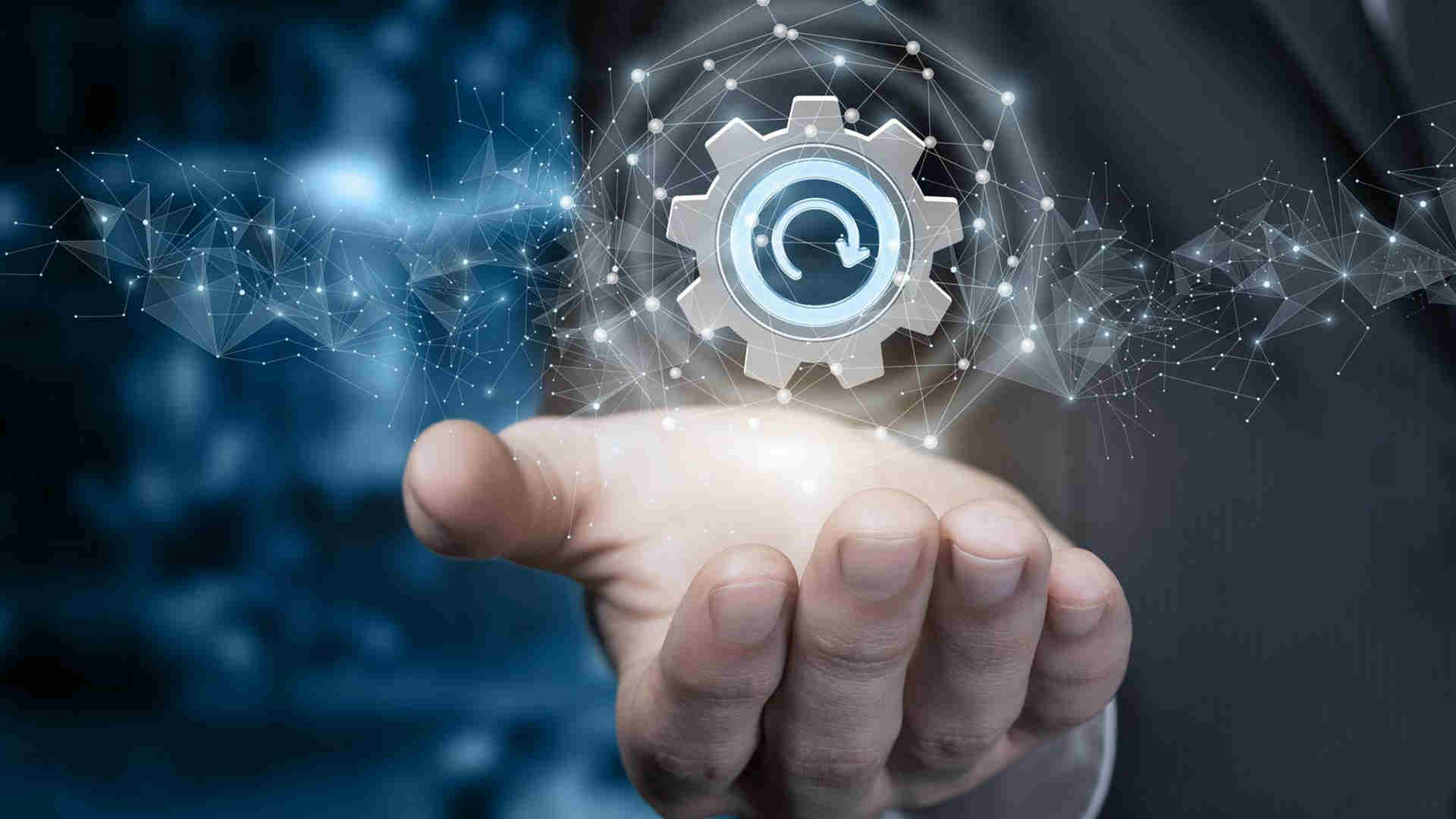Introduction: A Watershed Moment for Utilities
Water utilities worldwide face a pressing challenge: non-revenue water (NRW)—volume lost to leaks, theft, or metering errors. The World Bank estimates global NRW losses at around US $14 billion annually—a cost that undercuts service quality, environmental sustainability, and utility revenue streams. Reducing NRW not only frees up water but also delays expensive infrastructure upgrades and improves operational resilience.
Meanwhile, consumers expect transparency: fair billing, instant notifications, and actionable insights. Smart metering offers utility leaders a unique opportunity to tackle these twin imperatives—and anchor trust with their customer base.
Why Smart Metering Matters
1. Detect & Reduce Water Loss
Smart meters continuously collect real-time data—flow rate, pressure, usage patterns—allowing utilities to pinpoint leaks quickly and take preventive action. Take Ghana Water Company Limited, which reduced NRW by 13% in six years by rolling out smart water meters in key zones.
Singapore—already low in average use—saw an additional 5% reduction in customer consumption through smart metering and leak alerts. These real-world gains underscore how smart metering delivers both revenue retention and conservation dividends.
2. Operational Efficiency & Billing Accuracy
AMI (Advanced Metering Infrastructure) transforms billing operations:
- Chillicothe, Missouri and Weatherford, Oklahoma implemented Mueller Systems AMI, slashing billing cycle times from two weeks to three days and reducing complaints substantially.
- Loudon Utilities in Tennessee rolled out 20,000 smart meters and a Meter Data Management System for over 13,000 residents. Outcomes included 5% reduction in customer complaints, better energy/water integration, and even the prevention of a potential fire thanks to temperature alerts sent by smart meters.
3. SLA-Driven Smart Meter Monitoring
Grid’s Smart Metering Operations Center (SMOC), deployed for an European utility managing 400,000+ meters—provides real-time monitoring of ~19 million data points daily across 20+ SLA KPIs, including meter activation (SAT), reading freshness, and billing profile updates.
- SLA breaches (e.g. missing meter readings) are detected 30% faster, and 20% operational efficiency gains are achieved through automated ticket generation and meter diagnostics.
- This automation prevents data gaps, ensures accurate billing, and aligns IT, CRM, and field teams—reducing workload and enhancing overall responsiveness.
4. Improved Customer Experience (CX)
Smart meters grant customers unprecedented visibility:
- In Cary, North Carolina, smart water metering dashboards led to behavioral shifts: users monitored their usage more closely, savings rose, and satisfaction improved thanks to clearer communication .
- Work by behavioral analytics firms like WaterSmart has shown that delivering personalized usage comparisons (e.g. showing how your consumption compares to neighbors) can reduce user demand by about 5%—even without hardware changes.
- Metrowater in Chennai plans to install 100,000 meters across large residences. Officials anticipate better billing equity, more accurate leak detection, and increased accountability among users—all fostering public trust.
Building a Comprehensive Smart Metering & CX Framework
A. Advanced Infrastructure: AMI, Sensors & Connectivity
Modern systems blend smart meters with pressure, acoustic, and flow sensors. Network communication relies on RF mesh, cellular, or wireless M‑Bus protocols, bringing robust flexibility to urban and suburban deployments.
B. Real-Time Analytics & Automated Alerts
Advanced analytics platforms trigger automatic leak alerts or billing anomalies. For example:
- Using flow plus pressure data, utilities can automatically flag continuous night-time water use—often a leak indicator—without waiting for consumer complaints.
C. Customer Portals, Alerts & Conservation Nudges
Consumers empowered with data act differently:
- Real-time dashboards and alerts (e.g. for suspected leaks or high usage) help users avoid surprise charges.
- In some cities, gamification or comparative usage alerts help drive community-level conservation missions.
D. Operational Integration & Alignment
Smart metering works best when fully integrated:
- Linking MDM systems with billing, CRM, and field operations systems enables follow-ups when alerts trigger tickets or service reminders.
- ROI becomes measurable: NRW reduction, billing cycle time, customer complaint volume, and satisfaction metrics all move in the right direction.
Global Examples & ROI
- Financial Payback
The World Bank estimates that cutting NRW in half across emerging market utilities could unlock over US $2.9 billion in cash, affecting 90 million more people served. - Urban Rollouts
- Singapore saved 5–46% in consumption through smart metering programs even in a highly efficient system.
- Ghana saw over 25% NRW reduction via targeted smart metering deployments.
- Singapore saved 5–46% in consumption through smart metering programs even in a highly efficient system.
- Americas Utility Examples
- Chillicothe, MO and Weatherford, OK replaced manual systems with AMI solutions, improving billing speed and customer trust.
- Loudon Utilities Board integrated AMI across water, gas, and electricity, enhancing safety, service, and reducing customer issues by ~5%.
- Chillicothe, MO and Weatherford, OK replaced manual systems with AMI solutions, improving billing speed and customer trust.
- Urban India Rollouts
- Chennai Metrowater's initiative to install smart meters across large residences is expected to improve billing precision and leak detection, promoting conservation and equity.
- Chennai Metrowater's initiative to install smart meters across large residences is expected to improve billing precision and leak detection, promoting conservation and equity.
Conversation Starters
- How are you leveraging smart metering to lower NRW in your network?
- Have you empowered customers with dashboards or consumption alerts? What was the response?
- Which integrations (billing, MDM, CRM) made deployment smoother or more impactful?
- How are you measuring ROI—does NRW %, read accuracy, complaint reduction, or conservation behavior feature most?
- What technical, financial, or regulatory barriers have slowed your rollout?
Share your experience—lessons learned, startup hiccups, or breakthroughs by adding your comments below. The best innovations often come from community dialogue.
Final Thoughts & Call to Action
Smart metering is no longer an optional experiment—it’s a foundational element of modern, consumer-centric water service. It helps address NRW, improves operational efficiency, and strengthens trust with transparent, accurate billing.
If you’re exploring or building a smart metering journey:
- Identify zones with high NRW or billing complaints.
- Pilot smart meters with real-time leak detection and dashboards.
- Integrate with your billing and CRM systems for seamless follow-up.
- Measure outcomes: NRW reduction, billing time, satisfaction, and complaint volume.
Transparent service creates credibility. When customers know they’re billed fairly and are empowered with data, your utility’s reputation rises. Drop your thoughts below! Let’s exchange ideas and help each other move the industry forward.



.jpg)








